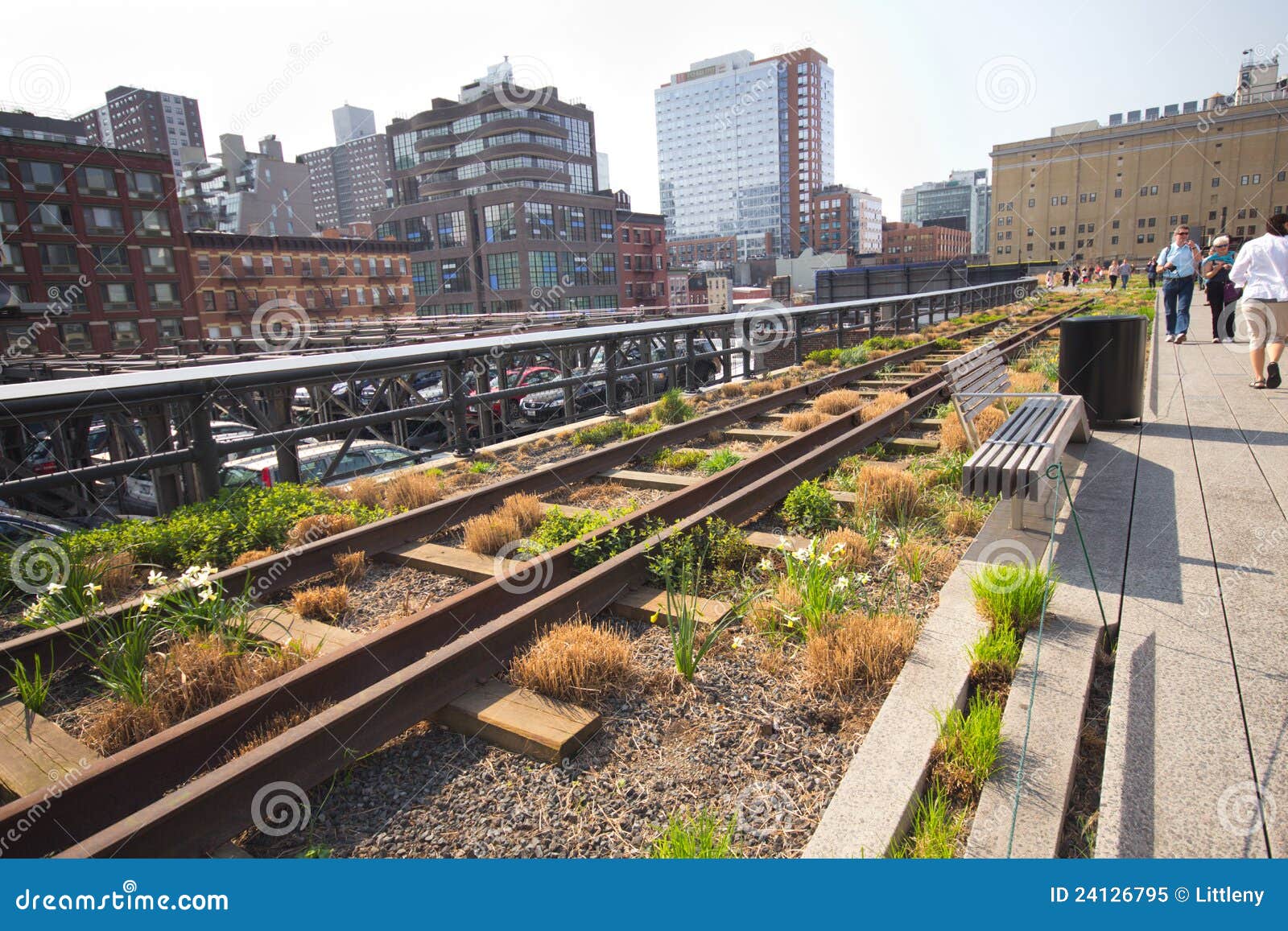
Image source: https://i.ytimg.com/vi/dcxCgP8TEaQ/maxresdefault.jpg
Hydroponics systems are, simply put, a method of indoor growing plants using a mineral nutrient solution instead of just a soil. Hydroponics kits are also used a standard technique in biology research and teaching. The process allows for easier fertilization since it is possible to use an automatic timer for fertilizing plants. With hydroponics systems, you can grow more plants in a smaller space since the superior efficiency of the nutrient feeding system.
It isn't just scientists jumping on the hydroponics bandwagon. With more and more farmers investing in these kind of indoor growing systems, it is easier than ever before for you to start your own hydroponic garden at home. All it takes is a minimal investment.
These grow systems are sold in a variety of hydroponics kits, many of which include a self contained growing reservoir. Each kit includes everything you need to start your homegrown hydroponics garden such as LED grow lights, grow lights, and fertilizer. The only thing you provide is the water.
You're next step is to pick out plants which will grow well in a hydroponic garden. Some of these include tomatoes and lettuce. These commonly grow in commercial hydroponic gardens so they are perfectly suited for the hydroponics growing environment. You can also try peppers, herbs and cucumbers.
After you've picked out the plants you'll be growing, stop at the store and buy a double-walled hydroculture pot, a ceramic container or an opaque glass container to use as a container. Many gardeners prefer to show off a little displaying a single plant in a colored-glass vase or a jar filled with marbles or decorative gravel. They can match perfectly with your LED grow lights.
Now, hydroponically grown plants need a little support. I recommend vermiculite, gravel or rock wool to anchor the roots. Another option would be to anchor the stems in a small sheet of plastic with the roots dangling freely. Make sure they will work with the grow lights you are using.
Once the grow lights are set up to maximize the lighting for indoor growing, fertilize the plants with a product specifically designed for hydroponics. This fertilizer provides the 13 micro-nutrients and macro-nutrients essential for growth. Monitor the pH of the solution with a pH test kit and maintain at a level of 6.0.
Now you know how to start your very own hydroponics system. Next time you have people over for dinner, you can show off your delicious homemade vegetables that you grew. They'll be thanking you for not only serving them something so delicious but also so healthy.
